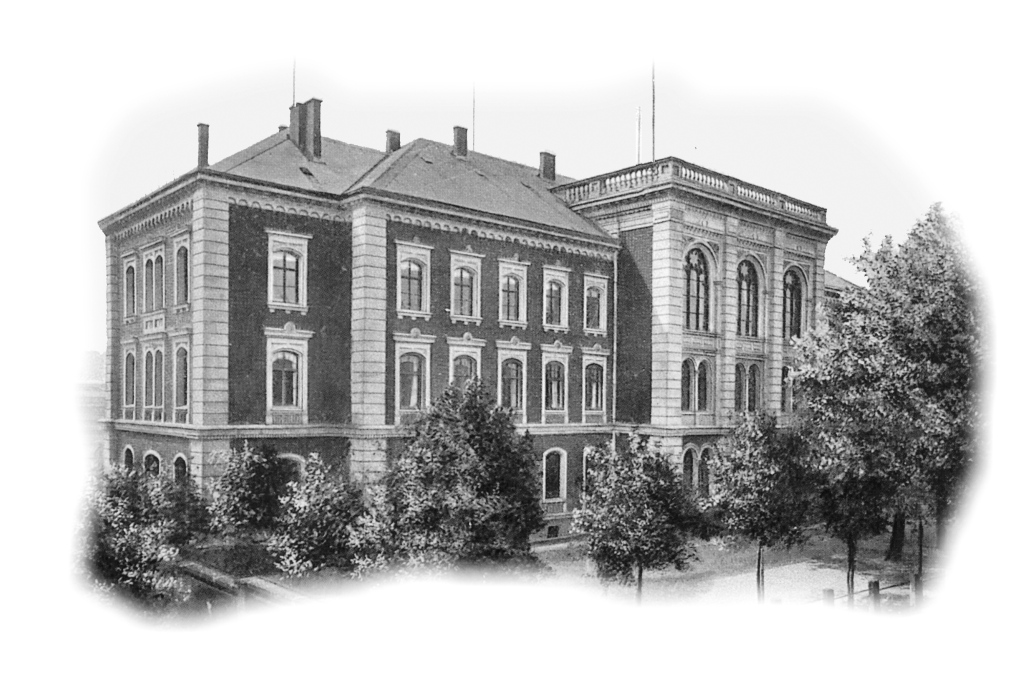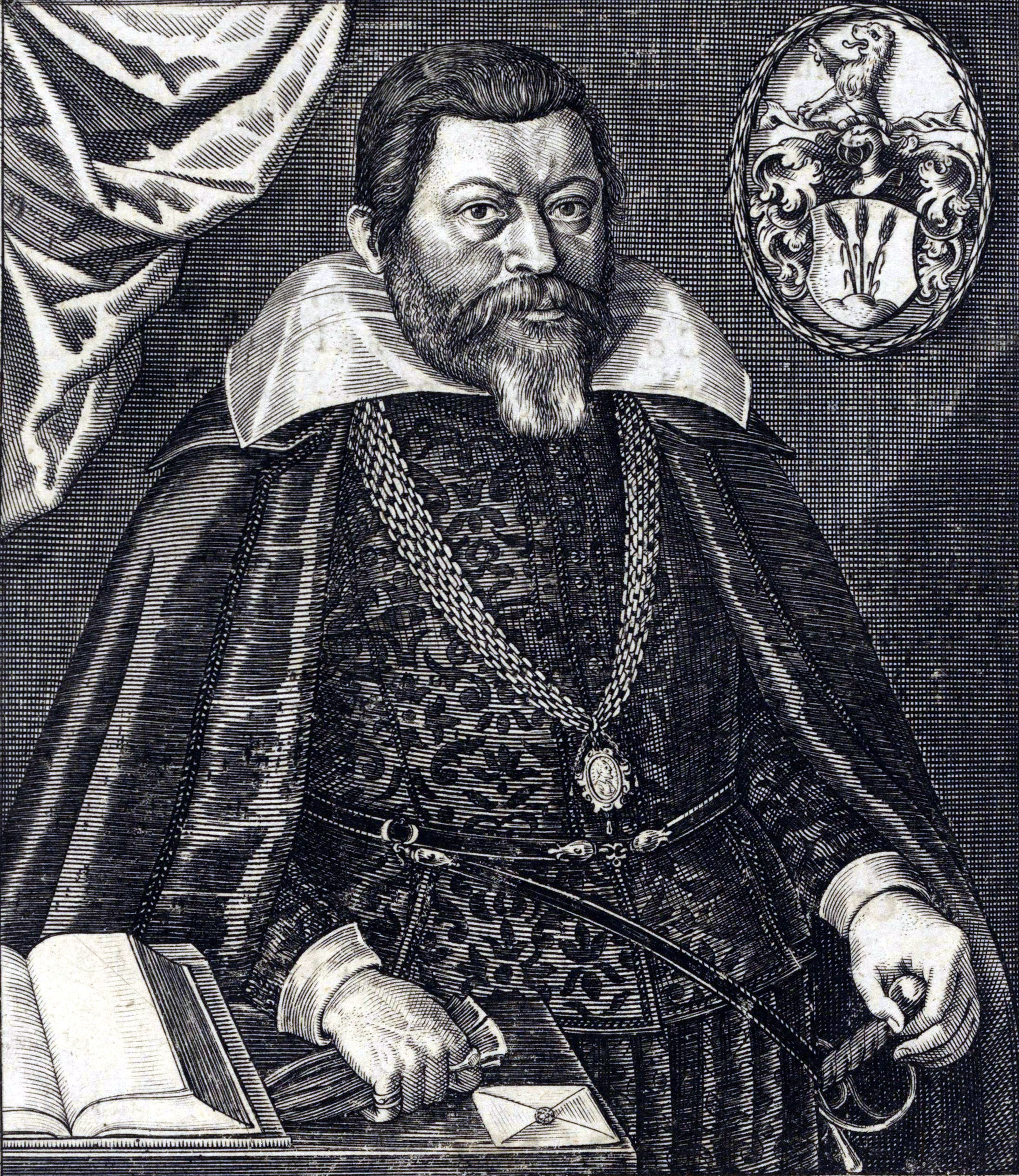|
Georg Adam Struve
Georg Adam Struve (27 September 1619 – 15 December 1692) was a German legal scholar, university professor of Jurisprudence and prolific author of legal texts. Life Provenance Georg Adam Struve was born in Magdeburg, slightly more than a year after the outbreak of the war which in 1631 would come close to destroying the city. His father, Berthold Struve (1588–1650), was heir to the lands of Wanzleben and Möllenvoigt in the Archbishopric of Magdeburg. His mother, born Anna Margaretha Brunner (1598–1669), came originally from Schleusingen. Both parents came from long established families. His mother's ancestry included a number of prominent lawyers. Early years He received his early schooling at home, later moving on to junior school in Magdeburg. In October 1630, by now aged 11, he switched to the secondary school in nearby Schleusingen: the school was at that time under the direction of the noted education reformer Andreas Reyher. Thanks to wartime disruption, he ... [...More Info...] [...Related Items...] OR: [Wikipedia] [Google] [Baidu] |
Magdeburg
Magdeburg (; nds, label=Low Saxon, Meideborg ) is the capital and second-largest city of the German state Saxony-Anhalt. The city is situated at the Elbe river. Otto I, the first Holy Roman Emperor and founder of the Archdiocese of Magdeburg, was buried in the city's cathedral after his death. Magdeburg's version of German town law, known as Magdeburg rights, spread throughout Central and Eastern Europe. In the Late Middle Ages, Magdeburg was one of the largest and most prosperous German cities and a notable member of the Hanseatic League. One of the most notable people from the city is Otto von Guericke, famous for his experiments with the Magdeburg hemispheres. Magdeburg has been destroyed twice in its history. The Catholic League sacked Magdeburg in 1631, resulting in the death of 25,000 non-combatants, the largest loss of the Thirty Years' War. During the World War II the Allies bombed the city in 1945 and destroying much of it. After World War II the city belonged t ... [...More Info...] [...Related Items...] OR: [Wikipedia] [Google] [Baidu] |
Hennebergisches Gymnasium "Georg Ernst"
The Hennebergische Gymnasium "Georg Ernst" (HGS) is a public grammar school with Alumnat (boarding school, privately sponsored) in the Thuringian city of Schleusingen. Founded in June 1577 by the Georg Ernst, Earl of Henneberg, it is one of the oldest continuously operated high schools in Germany. The Gymnasium sees itself as a humanistic school. Since 2002, however, the focus of the education has been in the mathematical-scientific areas. History In 1446, a school under ecclesiastical responsibility was mentioned for the first time in Schleusingen. Both students and teachers had to perform activities on behalf of the city and the church. Since 1502 there is evidence of a Latin school. In 1508, the royal educator Johann Jäger is named the first schoolmaster. After the Reformation, (presumably in 1556) the school relocated to the building of the Barfüsserklosters in the Klosterstrasse, the same location where it can be found today. The last governing Earl of Henneberg, Georg Ern ... [...More Info...] [...Related Items...] OR: [Wikipedia] [Google] [Baidu] |
Hermann Conring
Hermann Conring (9 November 1606 – 12 December 1681) was a German intellectual. He made significant contributions to the study of medicine, politics and law. Descended from Lutheran clergy on both sides of his family, second-youngest of ten children, Conring showed early promise as a student. During his life as a professor in North Germany, Conring addressed himself first to medicine, producing significant studies on blood circulation, and later in his career addressed himself to politics. Early life Conring was born in Norden, a coastal town in the County of East Frisia, a territory ruled at that time by the counts of Cirksena. Like many areas of what would later become Germany, Conring's homeland exhibited considerable religious variety and strife. Lutheran in the countryside (and in the piety of its counts), East Frisia nonetheless sheltered a bastion of Calvinism in its chief city, Emden. Conring and his family were no strangers to confessional altercations. Many of Con ... [...More Info...] [...Related Items...] OR: [Wikipedia] [Google] [Baidu] |
Helmstedt
Helmstedt (; Eastphalian: ''Helmstidde'') is a town on the eastern edge of the German state of Lower Saxony. It is the capital of the District of Helmstedt. The historic university and Hanseatic city conserves an important monumental heritage of Romanesque and Renaissance buildings, as well as numerous timber framed houses. During the German partition the nearby Bundesautobahn 2 was the site of the Helmstedt–Marienborn border crossing, the most important on the former inner German border as starting point of the shortest land route between West Germany and West Berlin. Geography Helmstedt is situated in a basin between the Elm and Lappwald hill ranges, at the transition area between the northern foothills of the Harz mountains and the North German Plain. It is surrounded by the Elm-Lappwald Nature Park. The town centre is located about east of Braunschweig, west of Magdeburg, and east of the state capital Hanover. The municipal area includes the localities of Barmke and E ... [...More Info...] [...Related Items...] OR: [Wikipedia] [Google] [Baidu] |
Imperial Army (Holy Roman Empire)
The Imperial Army (Latin: ''Exercitus Imperatoris''), german: Kaiserliche Armee, Imperial Troops (''Kaiserliche Truppen''), or Imperials (''Kaiserliche'') for short, was a name used for several centuries, especially to describe soldiers recruited for the Holy Roman Emperor during the Early Modern Period. The Imperial Army of the Emperor should not be confused with the Army of the Holy Roman Empire (''Exercitus Imperii (Romani)'', ''Reichsarmee'', ''Armée du Saint-Empire''), which could only be deployed with the consent of the Imperial Diet. The Imperialists effectively became a standing army of troops under the Habsburg emperor from the House of Austria, which is why they were also increasingly described in the 18th century as "Austrians", although its troops were recruited not just from the Archduchy of Austria but from all over the Holy Roman Empire. The Empire and the Habsburg monarchy The Habsburg monarchy supplied almost all the Holy Roman Emperors during the Early Mod ... [...More Info...] [...Related Items...] OR: [Wikipedia] [Google] [Baidu] |
Catholic League (German)
The Catholic League ( la, Liga Catholica, german: Katholische Liga) was a coalition of Catholic states of the Holy Roman Empire formed 10 July 1609. While initially formed as a confederation to act politically to negotiate issues vis-à-vis the Protestant Union (formed 1608), modelled on the more intransigent ultra-Catholic French Catholic League (1576), it was subsequently concluded as a military alliance "for the defence of the Catholic religion and peace within the Empire". Notwithstanding the league's founding, as had the founding of the Protestant Union, it further exacerbated long standing tensions between the Protestant reformers and the adherents of the Catholic Church which thereafter began to get worse with ever more frequent episodes of civil disobedience, repression, and retaliation that would eventually ignite into the first phase of the Thirty Years' War roughly a decade later with the act of rebellion and calculated insult known as the Second Defenestration o ... [...More Info...] [...Related Items...] OR: [Wikipedia] [Google] [Baidu] |
Thirty Years War
The Thirty Years' War was one of the longest and List of wars and anthropogenic disasters by death toll, most destructive conflicts in History of Europe, European history, lasting from 1618 to 1648. Fought primarily in Central Europe, an estimated 4.5 to 8 million soldiers and civilians died as a result of battle, famine, and disease, while some areas of what is now modern Germany experienced population declines of over 50%. Related conflicts include the Eighty Years' War, the War of the Mantuan Succession, the Franco-Spanish War (1635–1659), Franco-Spanish War, and the Portuguese Restoration War. Until the 20th century, historians generally viewed it as a continuation of the religious struggle initiated by the 16th-century Reformation within the Holy Roman Empire. The 1555 Peace of Augsburg attempted to resolve this by dividing the Empire into Lutheranism, Lutheran and Catholic Church, Catholic states, but over the next 50 years the expansion of Protestantism beyond these ... [...More Info...] [...Related Items...] OR: [Wikipedia] [Google] [Baidu] |
Dominicus Arumaeus
Dominicus Arumaeus (1579, Leeuwarden – February 24, 1637, Jena) was a Dutch jurist. Born ''Douwe van Arum'' in Friesland, he studied law in Franeker (as early as 1593), Oxford, Rostock and finally Jena, where he married Anna Pingitzer on March 31, 1600. He remained there as a professor, rector and councillor at Weimar and was buried in Jena on Feb 27 1637. In his five-volume ''Discursus academici de iure publico'' (1615–1623), Arumaeus pioneered public law as a distinct field of study. Influenced by Dutch humanism, his methodical analysis of the constitutional law of the Holy Roman Empire focused no longer on Roman law but on Imperial sources of public law, such as Imperial basic laws and electoral capitulations. Works ''Tractatus methodicus de mora''Jena 1603, 1608. ** ''Exercitationes Iustiniani ad Institutiones juris''Jena 1607. ''Decisionum et Sententiam''Jena 1608, 1612. * ''Disputationes ad praecipuas Pandectarum et Codicis leges, consuetudines feudales, quatuor I ... [...More Info...] [...Related Items...] OR: [Wikipedia] [Google] [Baidu] |





